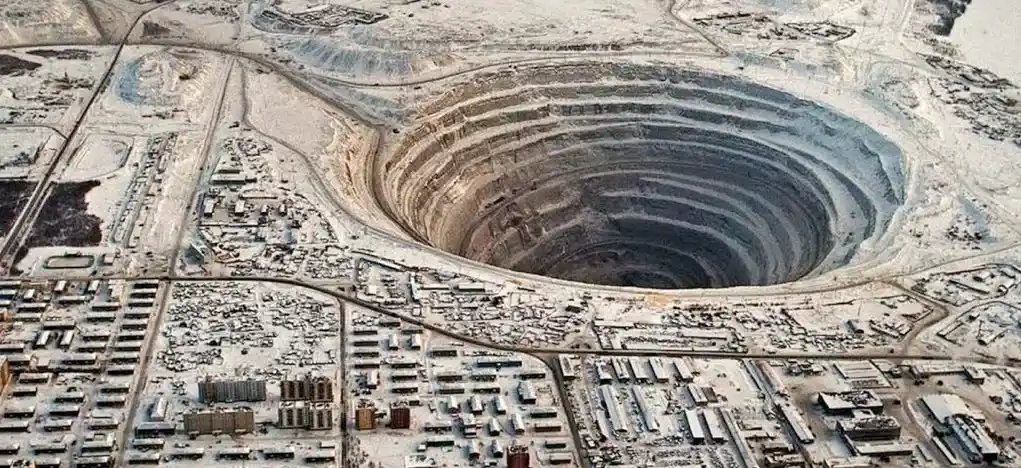Understanding P80: A Key Metric in Mining Particle Size Measurement
In the mining and mineral processing industry, the term “P80” is frequently encountered, especially in relation to particle sizing analysis. P80 is a valuable parameter that measures the percentage of material that passes through a specific screen size, typically representing the 80th percentile of the particle size distribution. This article delves into the concept of P80, its significance in mining, and how SSC Works can assist with maintenance and calibration of relevant measurement equipment.

1. What Is P80?
P80 refers to the particle size at which 80% of the material processed is below that size. In mining, this measurement is used to analyze particle size distribution after crushing or grinding processes, which is essential in determining material quality and optimizing downstream processing.
For example, in rock-crushing operations at mines, P80 helps determine the quality of the crushed output. When P80 is within an optimal range, it can streamline downstream processing, minimize energy consumption, and enhance overall productivity.
2. The Importance of P80 in Mining Processing
P80 plays a central role in optimizing crushing and grinding processes within the mining sector. Here are a few reasons why P80 is critical to effective mining operations:
a. Energy Efficiency
Knowing the P80 of the processed material allows mining operations to fine-tune their grinding processes to achieve better energy efficiency. With an optimized particle size distribution, less energy is needed for further processing, reducing operational costs.
b. Product Quality
The quality of processed material in mining is heavily influenced by particle size distribution. Determining an ideal P80 ensures consistent product quality, which is essential in industries like flotation or ore separation where uniform particle sizes optimize processing efficiency.
c. Cost Optimization
By monitoring P80, companies can adjust crushing and grinding operations to avoid unnecessary resource wastage. This can lead to reduced production costs, ensuring consistent productivity and cost-effectiveness.
3. Methods of Determining P80
Several methods are commonly used in the mining industry to determine P80 accurately:
a. Sieving
Sieving is a straightforward and widely-used technique. Crushed material is passed through a series of sieves, and the P80 is determined by analyzing the material fraction that passes each screen size.
b. Laser or Particle Analysis
Modern laser analysis provides a faster and more accurate assessment of particle size distribution. It is especially useful for very fine particles, giving more precise data than traditional sieving methods.
c. Computer Simulation
Computer-based simulations are increasingly popular, offering virtual models that provide accurate particle distribution data. These models can be customized to target specific P80 values, helping operators fine-tune crushing and grinding operations.

4. Applications of P80 in the Mining Industry
P80 is applied across various stages in mining and mineral processing. Here are a few examples of its application:
- Rock Crushing: P80 assists operators in determining output size consistency for the subsequent milling stages.
- Mineral Processing: P80 is essential in controlling the desired particle size in ore separation processes.
- Fine Grinding: In later stages, P80 helps ensure particle size uniformity before further processing, such as flotation or leaching.
5. Challenges in Determining P80
While P80 offers many advantages, it also presents certain challenges:
- Consistency of Results: Variability in raw material quality can impact particle size distribution, complicating consistent P80 achievement.
- Precision of Measuring Equipment: The accuracy of measuring devices like sieves or laser analyzers impacts P80 calculation accuracy.
- Energy Usage: Intensive grinding processes to achieve specific P80 sizes can result in higher energy costs.
SSC Works and P80 Measurement Solutions
At SSC Works, we understand that accuracy in P80 measurement is vital to efficient mining operations. Our services include calibration and maintenance for critical measurement equipment, such as sieving systems and crushers, ensuring they operate in top condition. This supports clients in consistently achieving targeted P80 values, improving both processing efficiency and energy savings.
Conclusion
P80 is a critical metric in mining, influencing energy efficiency, product quality, and production costs. With the right equipment and accurate measurement, optimizing P80 can significantly improve processing outcomes. SSC Works is here to support your operation by maintaining and calibrating essential equipment used in P80 measurement, helping you achieve consistent results and enhanced productivity in your mining activities.

